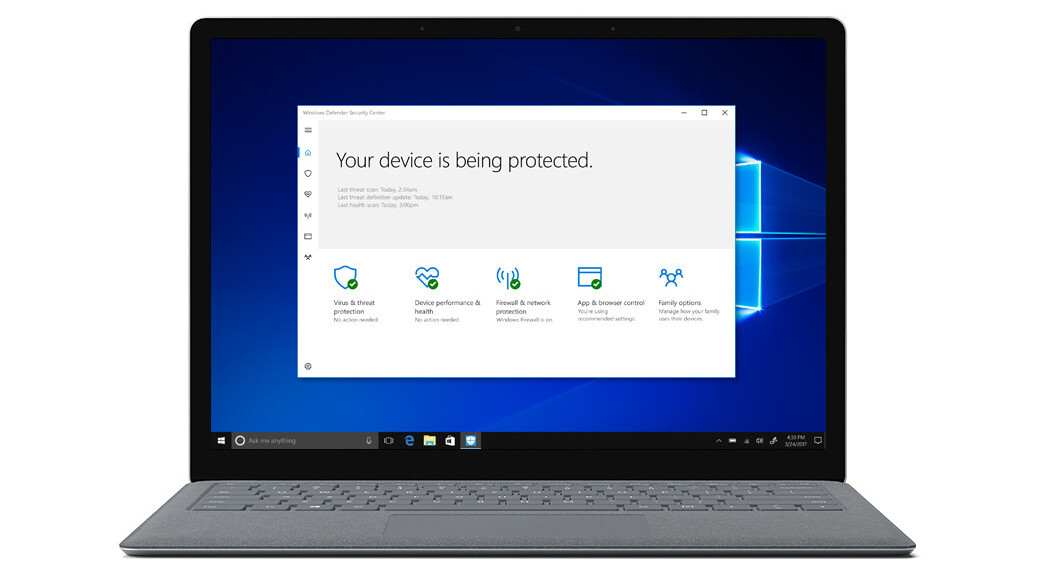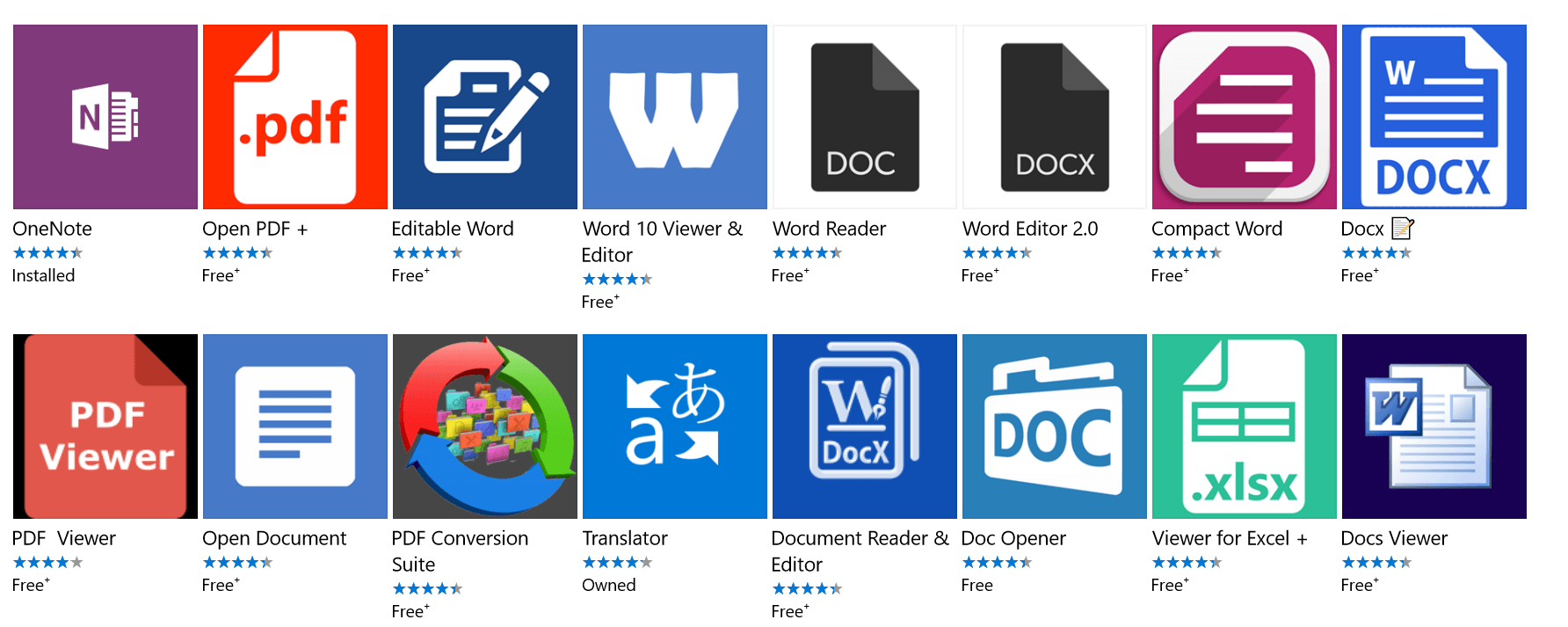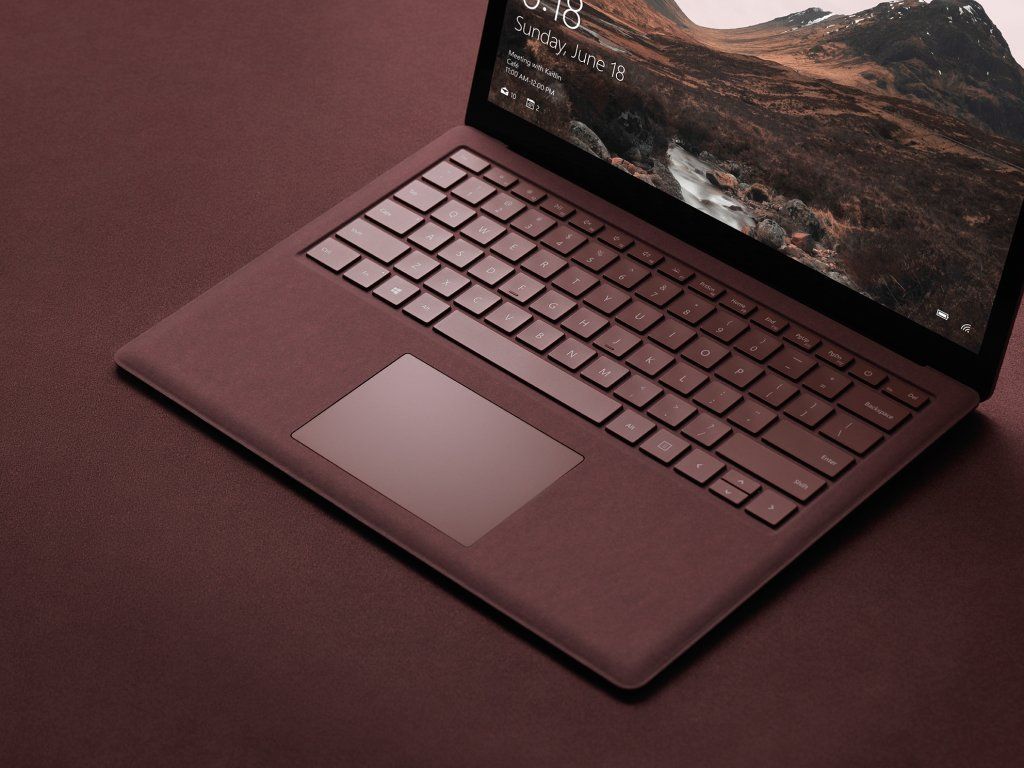
Yesterday, Microsoft announced its newest operating system: Windows 10 S. The S, we’re told, stands for several things, like speed and security.
Allow me, if I may, to propose an additional S: Slightly reminiscent.
That’s because Windows 10 S feels like a throwback to the short-lived Windows RT, which was a disaster of Michael Bay proportions.
Okay, that’s a bit extreme. There aren’t any gratuitous explosions here. That’s Samsung’s shtick. But there are clear parallels between Microsoft’s latest effort, and its previous misstep, Windows RT.
Yep, the Windows Store is still a dumpster fire.
Let’s first talk about software. The main thing Windows 10 S and Windows RT have in common is they force users to download software from Microsoft’s fledgling app store, called the Windows Store.
In 2012, when Windows RT first came out, this was a hard sell. Most Windows software came in the form of desktop applications, which it didn’t support. If you wanted to install anything, you’d have to use the Windows Store, which could charitably be described as a wasteland of abandoned apps, scams, and junk.
To paraphrase Malcolm Tucker, using it felt a bit like the Shawshank Redemption, but with more tunneling through shit, and no redemption.
Over the past five years, Microsoft has desperately tried to rehabilitate the Windows Store, simultaneously purging bad or abandoned software, while trying to attract developers. And to Microsoft’s credit, it’s done a commendable job.
But there’s still a lot of work to be done. Here’s an example: Microsoft plans to bring Word to the Windows Store. Here’s what happens when you search it for “Word.”

Answer honestly: If you showed this to an older relative, would they think one of them was the legitimate Microsoft Word?
Windows 10 S demonstrates that Microsoft thinks the Windows Store is ready for the prime time, which is cute. But it’s obviously not true.
And this is to say nothing about the lack of apps, or the fact that Microsoft is forcing people to obtain Windows software in a manner that they are simply unaccustomed to.
Who is Windows 10 S for?
One advantage Windows 10 S has over Windows RT is that it has a more clearly defined target audience: School students. The decision to launch it at the Microsoft Education event was smart, and for what it’s worth, I genuinely think it’ll do well in this space.
Compare that to Windows RT. Nobody really knew who it was for.
It definitely wasn’t for school students, who might need a more restrictive computing environment. The Windows RT Launch Devices were definitely out of reach for most students, who couldn’t afford the pricey Dell XPS 10 and Surface RT.
It wasn’t for consumers either, who couldn’t run Chrome or most games. Neither was it for professionals, who were unable to use the applications they’d need in their day-to-day work.
By having a laser-focus on the lucrative education space, Microsoft will be able to craft a compelling message for Windows 10 S, and effectively market it.
But it seems like Microsoft has fallen back into its own ways, and is trying to pitch Windows 10 S to average consumers and professionals.
A clear example of that is the company’s gorgeous and appealing new flagship laptop, called the Surface Laptop, which is a triumph of style and design in one potent package. It’s expensive, too, retailing at $999. And yes, it runs Windows 10 S.

Why? I genuinely don’t know. It’s a head-scratching decision that only serves to hamstring some truly exceptional hardware. It’s a bit like asking Usain Bolt – the fastest man alive – to run a 200-meter race wearing flip-flops.
Microsoft says that anyone who wants to will be able to upgrade to Windows 10 Pro for $49 – although Surface Laptop owners will be able to upgrade for free.
I just don’t know why Microsoft is going down this path in the first place. It only serves to muddy the message of something already quite compelling.
Get the TNW newsletter
Get the most important tech news in your inbox each week.




